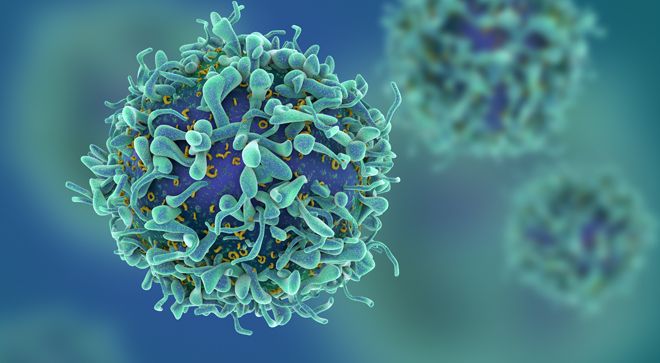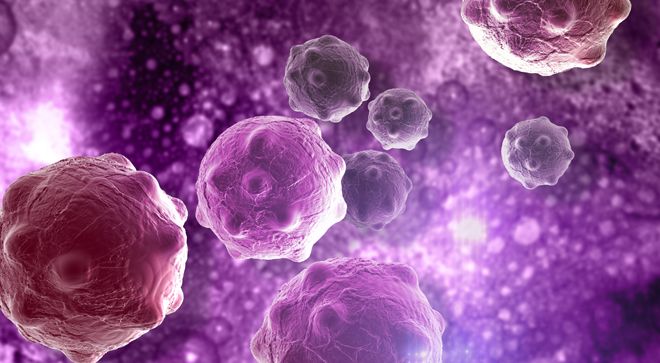Article
Tecartus May Contribute to Long-Term Responses in Relapsed/Refractory Mantle Cell Lymphoma
Author(s):
Factors including progression-free survival, duration of response and overall survival were promising at 15 months in patients with relapsed/refractory mantle cell lymphoma.
Patients with relapsed/refractory mantle cell lymphoma treated with Tecartus (brexucabtagene autoleucel) had significant and durable responses and a reduction in side effects, according to long-term follow-up data from the phase 2 ZUMA-2 trial presented at a virtual meeting.
At a median follow-up of 17.5 months, the objective response rate (or the rate of a measurable response to the treatment) was 92%, the complete response rate (or the disappearance of cancer as a response to treatment) was 67% and the partial response rate (a decrease in tumor size or the amount of cancer in the body as a response to treatment) was 25%. The stable disease and progressive disease rates were both 3%.
Twenty-nine of 60 evaluable patients (48%) remain in ongoing responses, and 28 of 40 patients who achieved a complete response (70%) remain in response. The first 28 patients treated had a median follow-up of 32.3 months; 39% of patients remain in remission without additional treatment.
In all enrolled patients (74 patients), the objective response rate was 84%, and the complete response rate was 59%.
“The ZUMA-2 study continues to show substantial and durable clinical benefit and a manageable safety profile with (Tecartus) therapy in patients with relapsed/refractory (mantle cell lymphoma) with extended follow-up,” said Dr. Michael L. Wang, professor in the Department of Lymphoma and Myeloma at The University of Texas MD Anderson Cancer Center, in a presentation of the data.
Poor outcomes are associated with patients with relapsed/refractory mantle cell lymphoma who progress on BTK inhibitors. These patients typically derive an objective response rate of 25% to 42% and an overall survival of six to 10 months with salvage therapy.
The ZUMA-2 trial evaluated Tecartus in patients with relapsed/refractory mantle cell lymphoma who received one to five prior lines of therapy including a BTK inhibitor. In the primary efficacy analysis (60 patients), the objective response rate was 93% and the complete response rate was 67% at a median follow-up of 12.3 months.
Objective response rate served as the major focus of the trial, with additional areas of focus including duration of response, progression-free survival (time during and after treatment when a patient lives with cancer without disease progression), overall survival (time from treatment initiation that a patient is still alive), side effects and levels of CAR-T cells in the blood and cytokines in serum.
Additional results showed that the median duration of response, progression-free survival and overall survival had not been reached at the median follow-up, meaning that researchers could not calculate this information since more than half of patients in the study were alive. At 15 months, duration of response was 59%, progression-free survival was 59% and overall survival was 76%.
Among all treated patients (68 patients), the side effects that were present for three months or greater post-infusion included anemia, very low counts of a white blood cell called neutrophils, low platelet levels, white blood cell count decrease, fatigue, pneumonia, cough, low antibody counts that increases the risk for infection, and upper respiratory tract infection. Some of these side effects were present for six months or more post-infusion.
Side effects that occurred between the last data cutoff and the current data cutoff included very low neutrophil counts, infection, anemia, a neurologic event and low platelet levels.
“The pharmacological findings in ZUMA-2 point to different mechanisms responsible for primary and secondary treatment failure in relapsed/refractory (mantle cell lymphoma),” concluded Wang.
For more news on cancer updates, research and education, don’t forget to subscribe to CURE®’s newsletters here.




